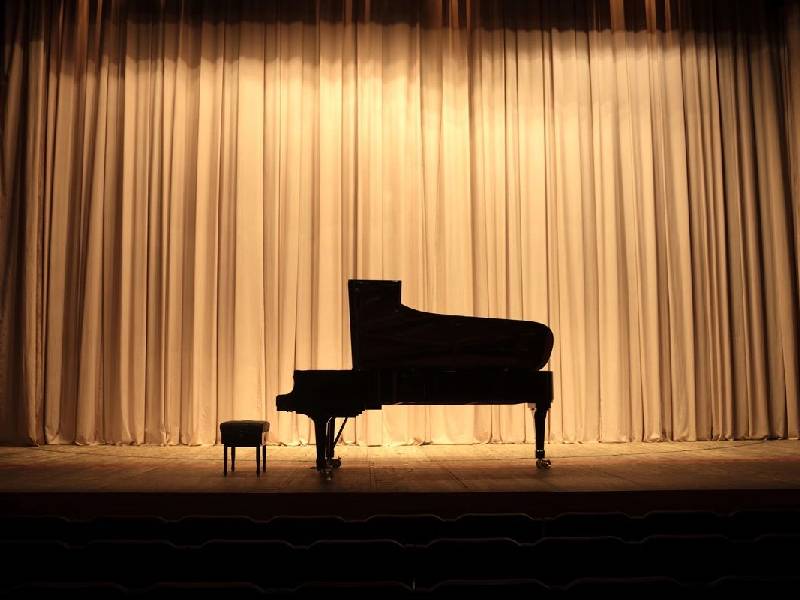
“Your Full Service Piano Tuner” Serving Central Connecticut and Central and Metro West Massachusetts.
Below Concert Pitch / Piano is Flat / Below 440A
When a piano is described as flat, below concert pitch, or below 440A what is being said is simply that the piano is not at the reference pitch for Western Music.
Concert pitch is 440A which is a universal specific amount of vibrations a pitch has per second. So concert “A” is 440 vibrations per second. It is recognized as the reference to tune may orchestras, rock, jazz, and country bands etc. Most instruments are built and made to be tuned to this reference. If a piano is flat, it cannot be used to play with other instruments unless the said instruments tune to the piano. In addition, a person playing a flat piano will associate the incorrect pitches with any given key. It is common for a poorly maintained piano to drop one note. A beginning student playing in the common key of C (all the white notes) therefore will really be playing in the key of B.
In the 1800’s concert pitch was 438A. So some very old pianos cannot be tuned to 440A. (this is another story) However, the issue with a piano being below pitch is the following:
- Pianos are under a few thousand pounds of pressure, with all the strings being held in place by the wood frame and harp.
- When a piano is up to pitch and has been tuned regularly, the strings, cabinet and harp become accustomed to the pressure and atmosphere around. Therefore, a good piano will only need minor adjustments 2 -4 times a year to stay in tune if it is in a stable climate controlled environment.
- Once a piano drops below 440A a piano tuner needs to move all the strings tighter, basically to raise the pitch, which in turn changes the stress level on the piano and as a result the piano typically rebels and wants to settle back to the pitch it was at, or somewhere in between.
- The process of bringing a piano back up to pitch is subject to many factors such as piano brand, condition, environment, use and budget.
- Trying to predict how any piano will ultimately respond to raising the pitch to 440A and hold and stay in tune is always a best guess. Typically, a poorly maintained piano can be brought up to pitch, however it may only begin to stay stable after a few tunings giving the piano time to adjust to the new pitch. In addition, if the environmental factors regarding humnidity, direct sunlight and temperature are not addressed, the piano never will really be stable.
- My best suggestion is that after the pitch raise, you may need to be patient with it and even tune it more frequently than you want to stabilize the piano. Then you can decide if a 2 times, 4 times, or even more of a schedule is needed to make you happy with your piano.
- I can only offer my best guess as to how many tunings a flat piano will need. Unfortunately, my estimate is often biased by customers budgets and not the actual reality of the state of the piano or the attention given to addressing the environment.